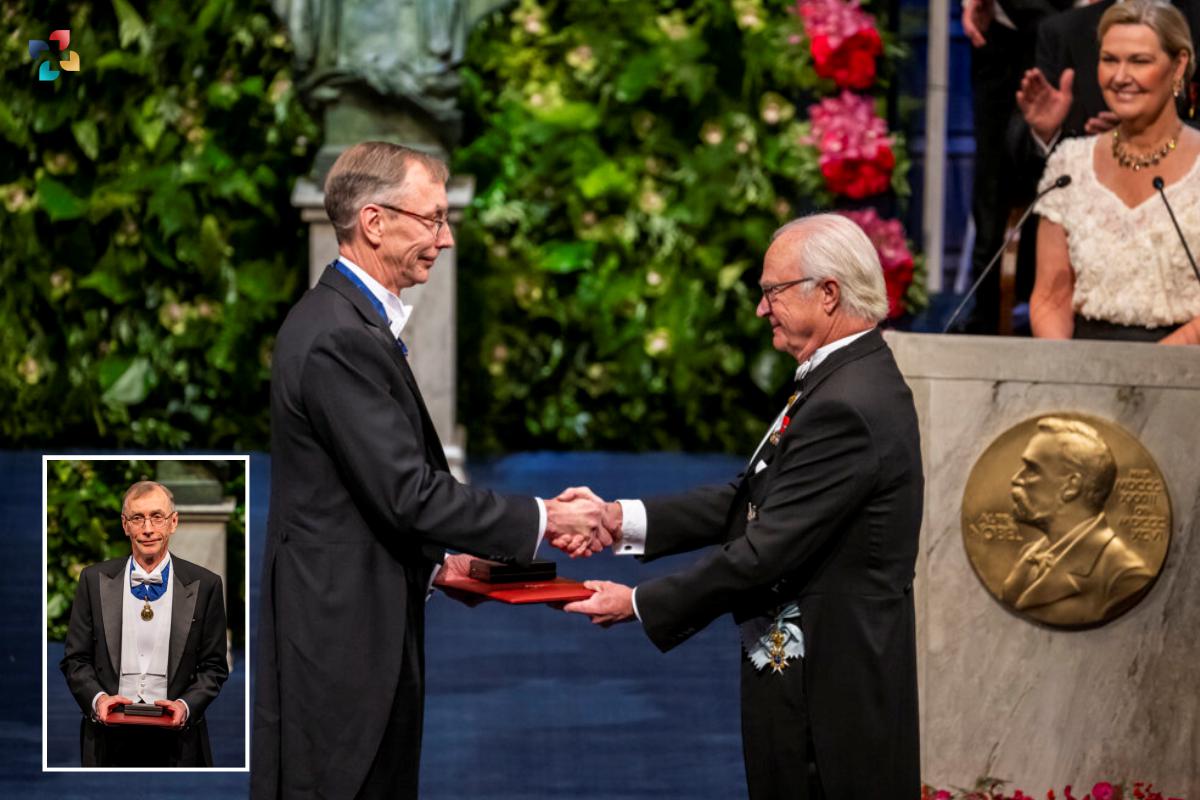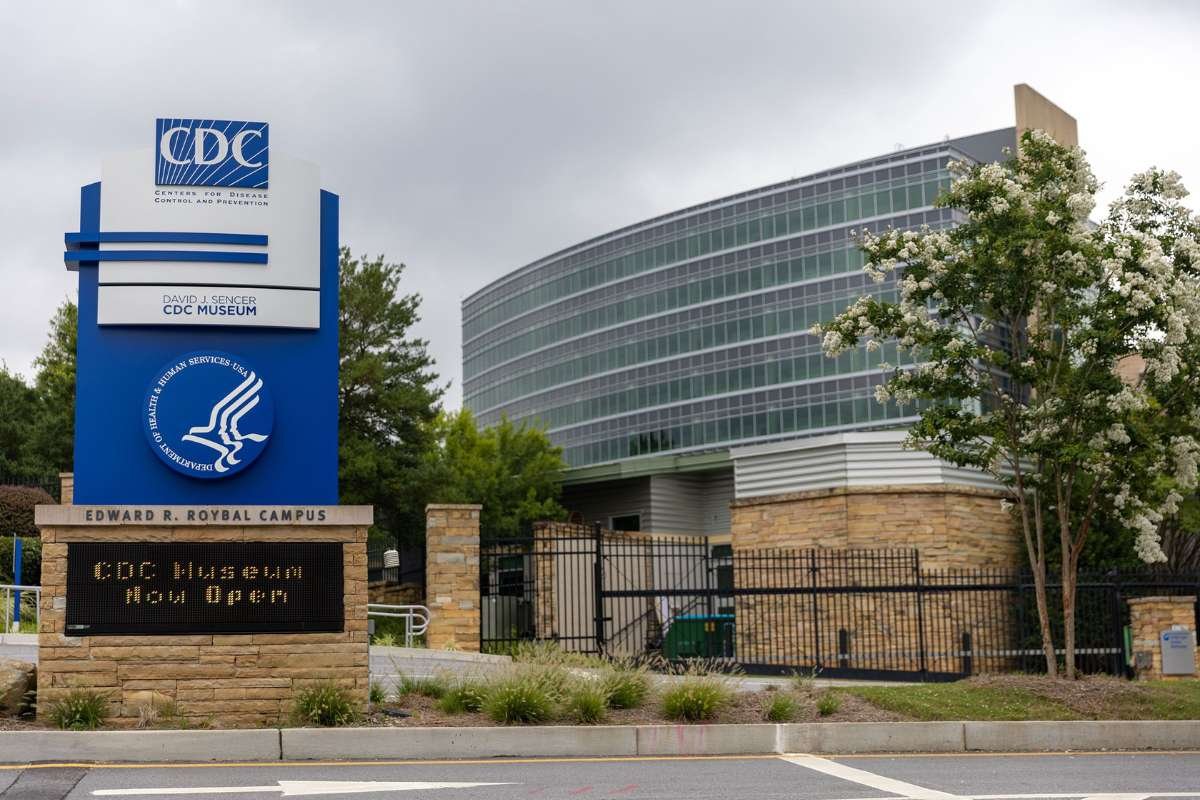Have you ever wondered how we humans came into existence? Well, at least some of you have thought about this. And we don’t blame you. The how’s, when’s, and where’s of humanity are truly fascinating, the deeper you delve into it.
Svante Pääbo, the Nobel Prize winner in Physiology or Medicine, also had a very curious mind. He also had some questions about the origins of humanity. Building upon his curiosity, Pääbo pioneered research to achieve something that was deemed impossible—he successfully recovered and sequenced the genome of the Neanderthal, an extinct relative of modern-day humans. In this research, among other things, he has offered insights and also shed light on the genetic evolution of modern-day humans.
In addition to that, Pääbo’s seminal research also gave birth to paleogenomics, a new scientific discipline in its entirety. This particular study revealed the factors that distinguish us living humans from extinct hominins, which additionally helped us understand what makes us humans so unique.
In this article, we are taking you on a trip of Pääbo’s life journey and giving you a glimpse into things that led to him winning the Nobel Prize in Physiology or Medicine. That’s not it, we have also included some bonus excerpts from his personal life. As a fellow homo sapien, this will surely tickle your curiosity while giving you more knowledge about humankind.

Notable Timelines before the Nobel
1955: The Birth Year
Born in 1955, Svante Pääbo got his initial education and Ph.D. in Sweden. As a graduate student of medicine and molecular biology, the idea that ancient tissues might preserve DNA always captivated him. During those days, he made several attempts trying to detect DNA in Egyptian mummies. In the beginning, he thought he was successful in his objective, however, he later realized what he observed might not be authentic ancient DNA, and it could just be a recent contaminant.
Even today, contamination remains one of the major worries in ancient DNA research. Keeping all these concerns in mind, Pääbo’s team had to take great care as they were trying to keep contamination at bay to limit the chances.
1986-1990: Getting that much-needed jump
Svante Pääbo received his Ph.D. in the year 1986, and soon in 1987, he started working as a postdoctoral researcher with the renowned Berkley biochemist Allan Wilson at his laboratory. However, in the late 1980s, his work got a huge jump due to the development of polymerase chain reaction technology, which made repeated replication of small fragments of DNA possible.
1991-1997: Years of Neanderthal and more
Furthermore, during these years, he reached out to museums in Germany asking for Neanderthal bone samples, to sequence the DNA contained inside the bones. In the year 1997, it became known that a large chunk of DNA could be recovered from bones as old as 50,000 or more. At the start, the work was dependent on mitochondrial DNA—which is largely present in the cells compared to DNA from the nucleus, because of that, it is preserved more. Additionally, the study showed that Neanderthal and humans were two separate groups that were separated about 50,000 years ago.

2006: The sequencing begins
Pääbo started taking steps to sequence the entire Neanderthal genome in the year 2006. Within just a few years, he along with his team achieved success while managing to sequence more than 4 billion base pairs. Moreover, the comparison of Neanderthal and modern human genomes showed that individuals in Asia and Europe derive 1% to 4% ancestry from Neanderthals.
2008: Significance of Denisovans
As the year 2008 arrived, Svante Pääbo and his team recovered DNA from a finger bone fragment in a Siberian cave, which revealed an unknown ancestral human population that is currently known as Denisovans. Here, the genetic results showcased that the Modern Tibetan population may have acquired its high-altitude adaptations from the distant Denisovan ancestors.
The DNA of Making the Impossible, Possible
It didn’t take Svante Pääbo a lot of time to realize the severity of technical challenges while studying the DNA of Neanderthals. One such challenge is the DNA modification process—as time goes by the DNA modifies chemically and reduces into short fragments. After a while, it reaches a point where only the hints of DNA remain, it could also be contaminated with the DNA from bacteria and contemporary humans.
Similarly, the mitochondrial genome is tiny and has very little genetic information in the cell. However, it is present in thousands of copies, thus increasing the possibility of success. Pääbo, with his well-polished methods, was able to sequence a region of Mitochondrial DNA from a bone as old as 40,000 years. This allowed us to access a sequence from an extinct relative for the first time, something that was considered close to impossible.
Not just a thing of the past
Studies have suggested that Neanderthal heritage, along with our past, also has a big influence on our present. One such example is the impact of genes on our immune system and the way our system reacts to various pathogens.
More Ways of Neanderthal Affecting Humans
In a shocking discovery, Svante Pääbo noticed that the people inheriting a particular Neanderthal variant were more likely to die of COVID if infected. According to estimations, the said Neanderthal variant is responsible for 1.1 million extra coronavirus deaths. Additionally, Pääbo also established that people with certain Neanderthal variants are more sensitive to pain, and as a result, age faster.

Not the first Nobel Prize in the family
Did you know? Karl Sune Detlof Bergström, father of Svante Pääbo, is also a winner of the Nobel Prize. He won it in 1982 in the field of Physiology or Medicine, just like his son Pääbo, who won the Prize in 2022. When Karl won his Nobel Prize, not many knew that he was Svante Pääbo’s father. Although, People not knowing their father-son relation is not really surprising, considering they both had different surnames.
However, his father winning the Nobel Prize had little to no influence on his own scientific endeavors. Interestingly, it was Karin, his mother, who always encouraged his curiosity. As a result, she had a huge influence on him and his life path. Her firm support when Pääbo switched from medicine to natural sciences is one such example. Unfortunately, Karin passed away in 2013. Pääbo says she would have been “Proud and thrilled” about him winning the Nobel Prize.
Wait, It’s Not a Prank?
Funnily, when Pääbo got the call that he has won the Nobel Prize, he thought it was a prank call regarding his summer house. As seen on the Nobel website, Svante Pääbo says “So I was just gulping down the last cup of tea to go and pick up my daughter at her nanny where she has had an overnight stay,” He adds—“And then I got this call from Sweden and I of course thought it had something to do with our little summer house … I thought the lawn mower had broken down or something.
Although winning prizes is not an uncommon event in Pääbo’s life, he never thought he would win a Nobel Prize.
A step closer to finding answers
Today, Svante Pääbo is considered one of the founders of paleogenetics. And His research has paved the way for a deeper understanding of the origins, evolution, adaptation, and migration of humans. On the other hand, his overall influence on the science field cannot be overlooked, with many scientists, professors, and groups using Pääbo’s tools for their own scientific work.








